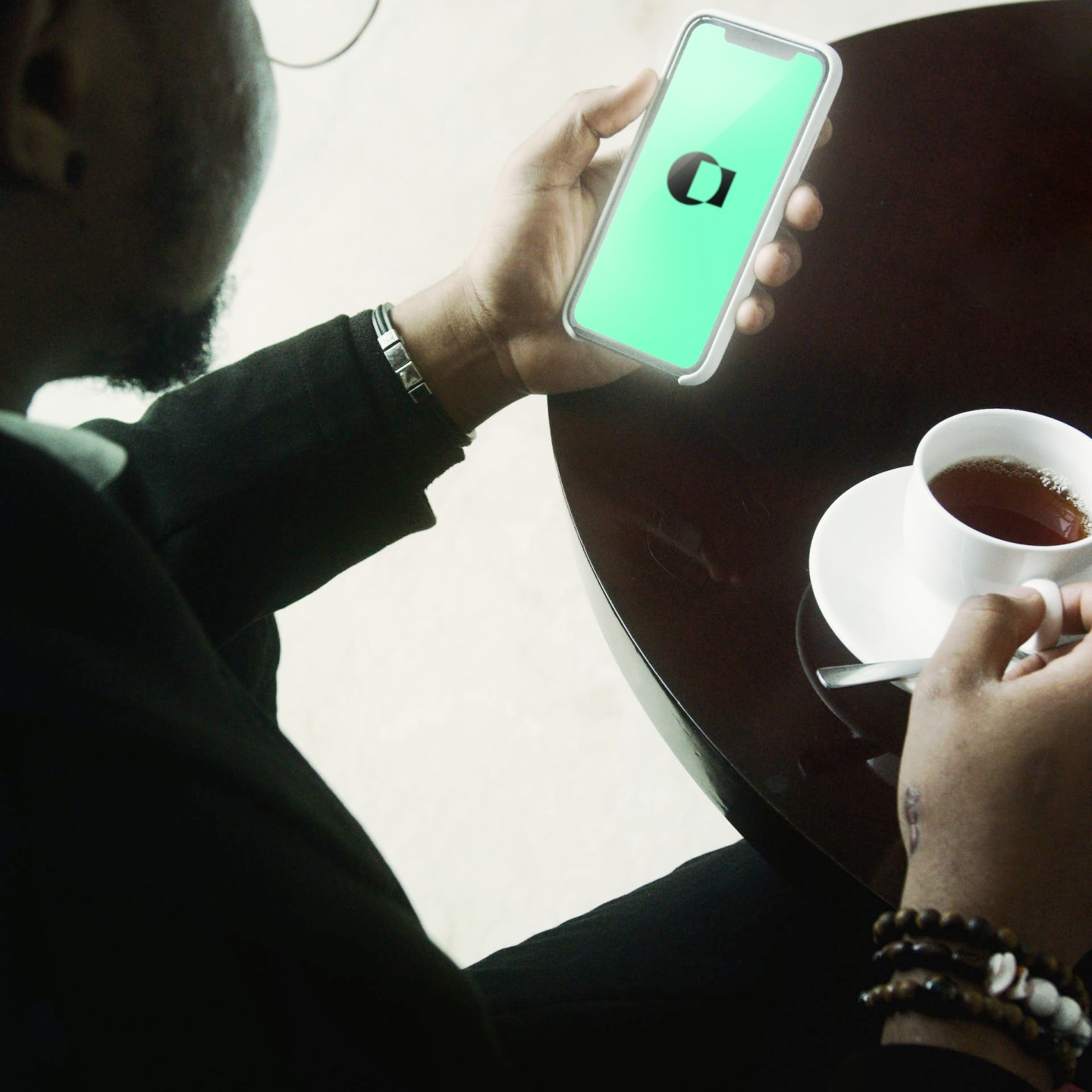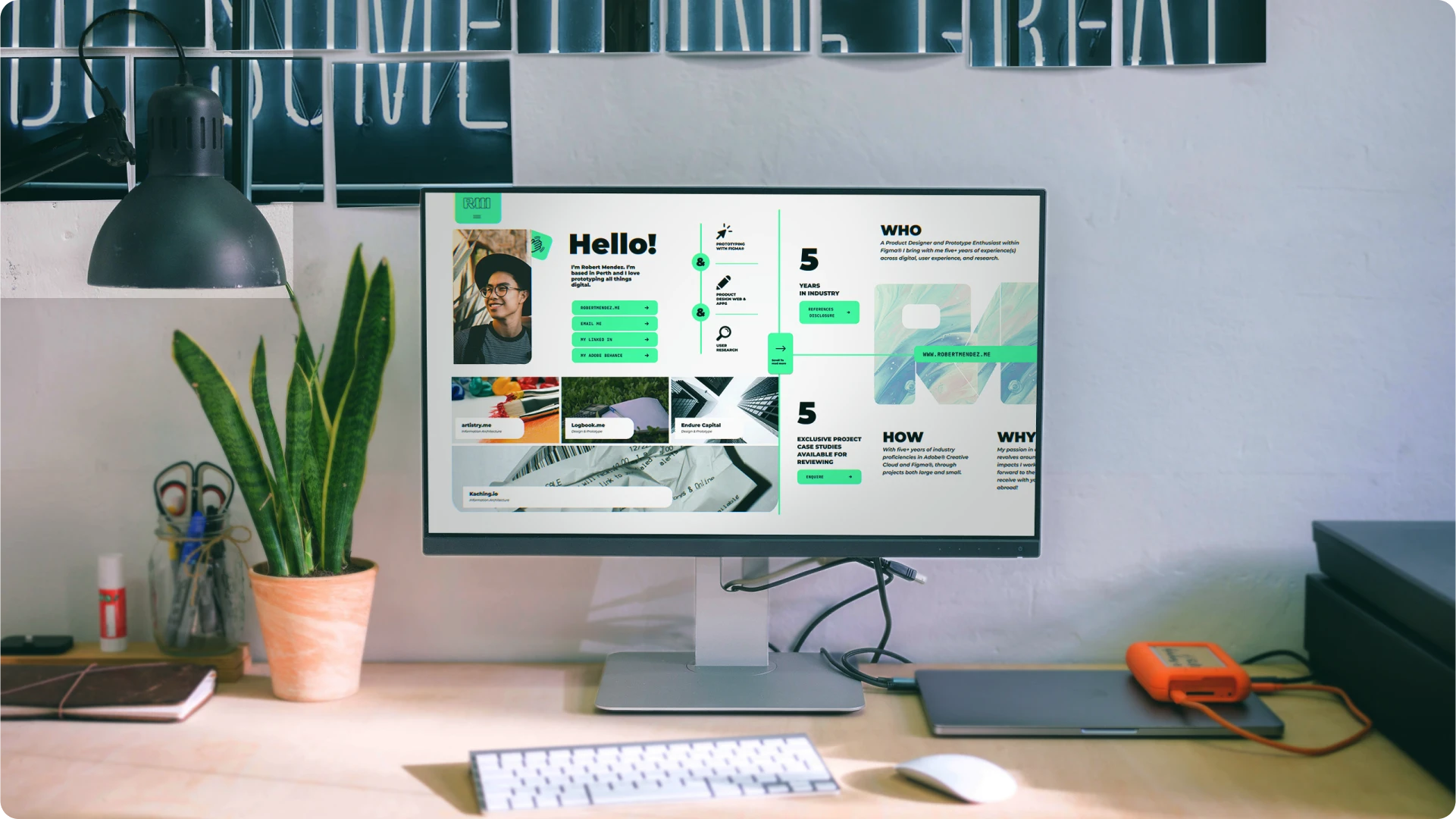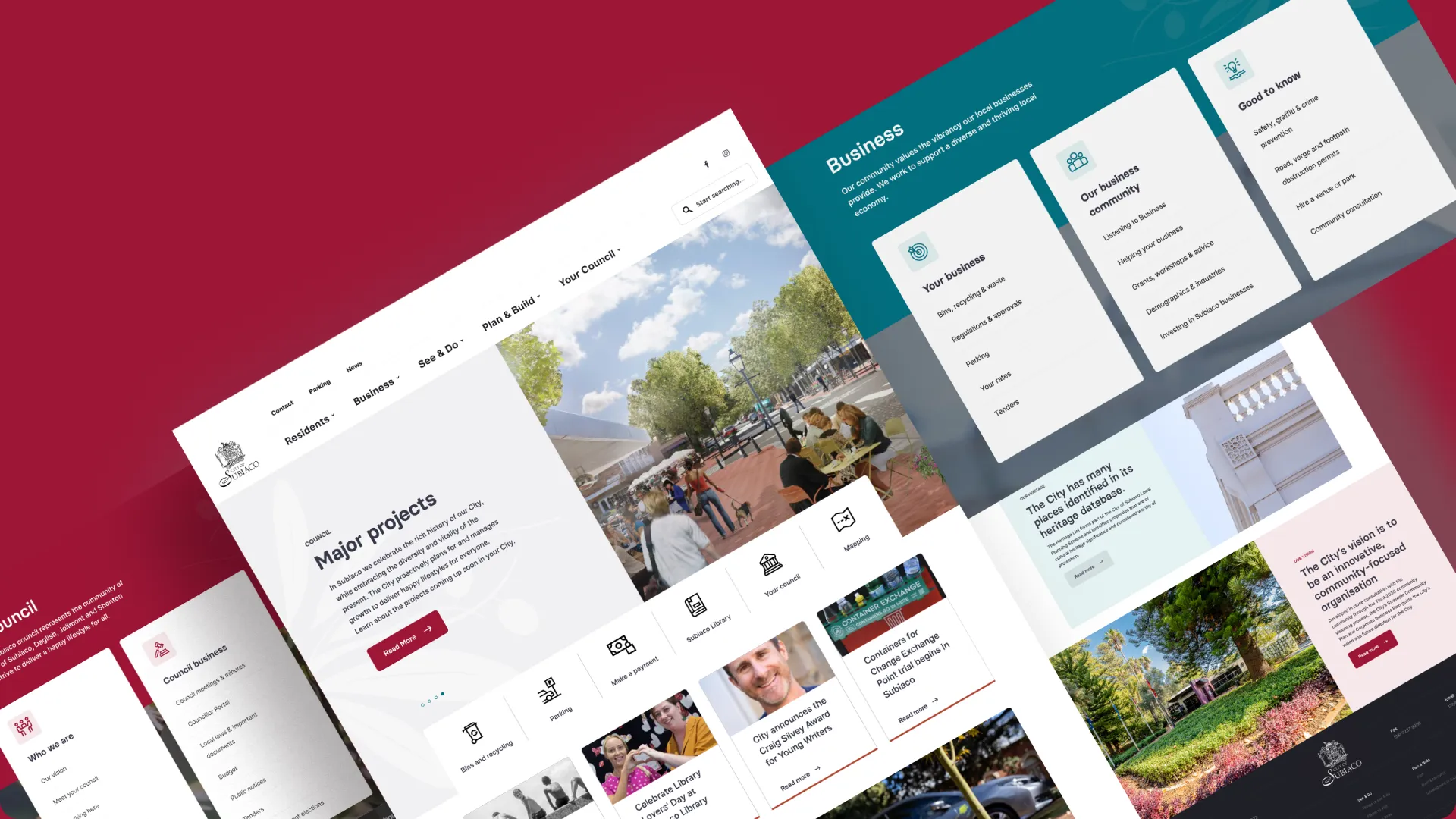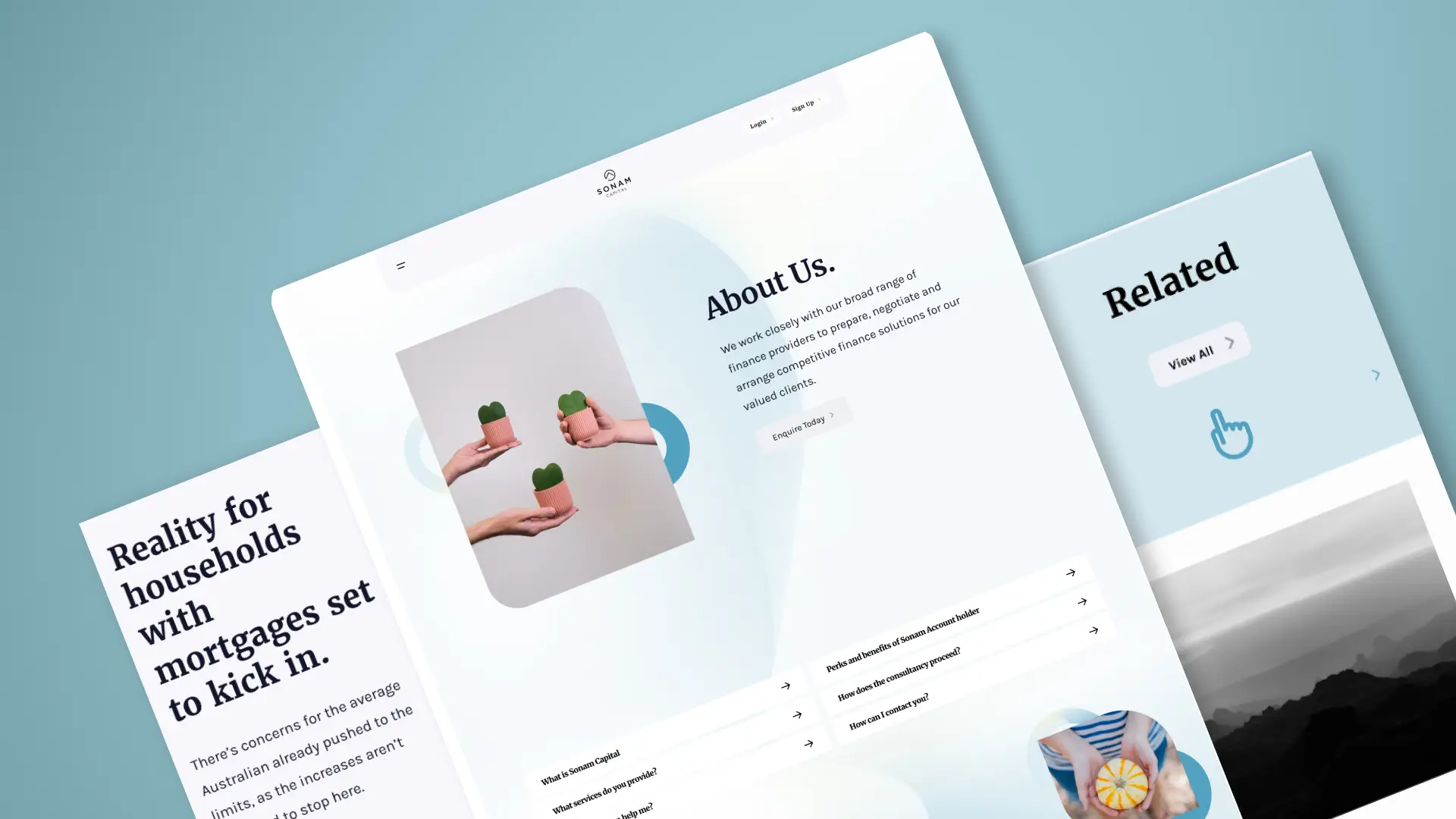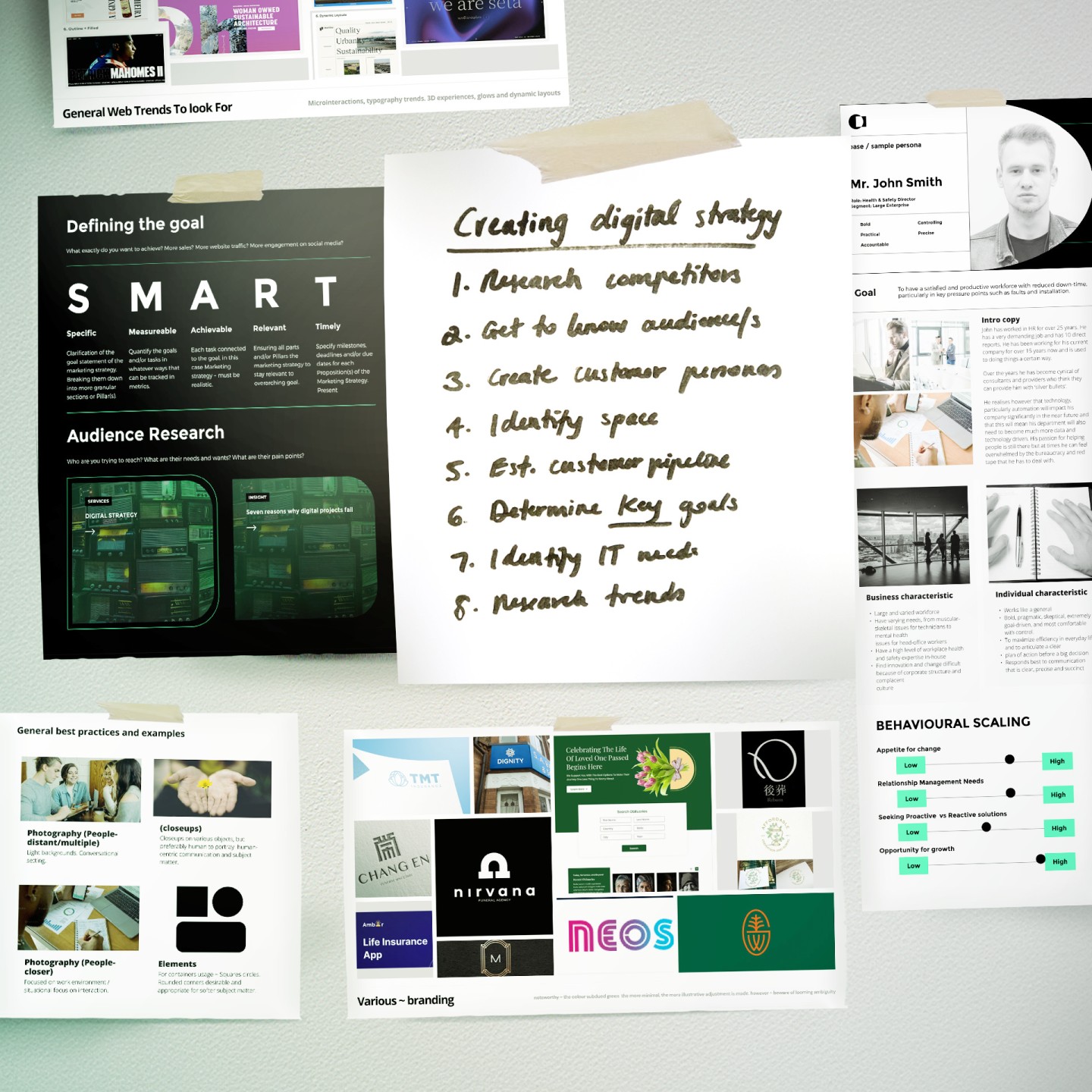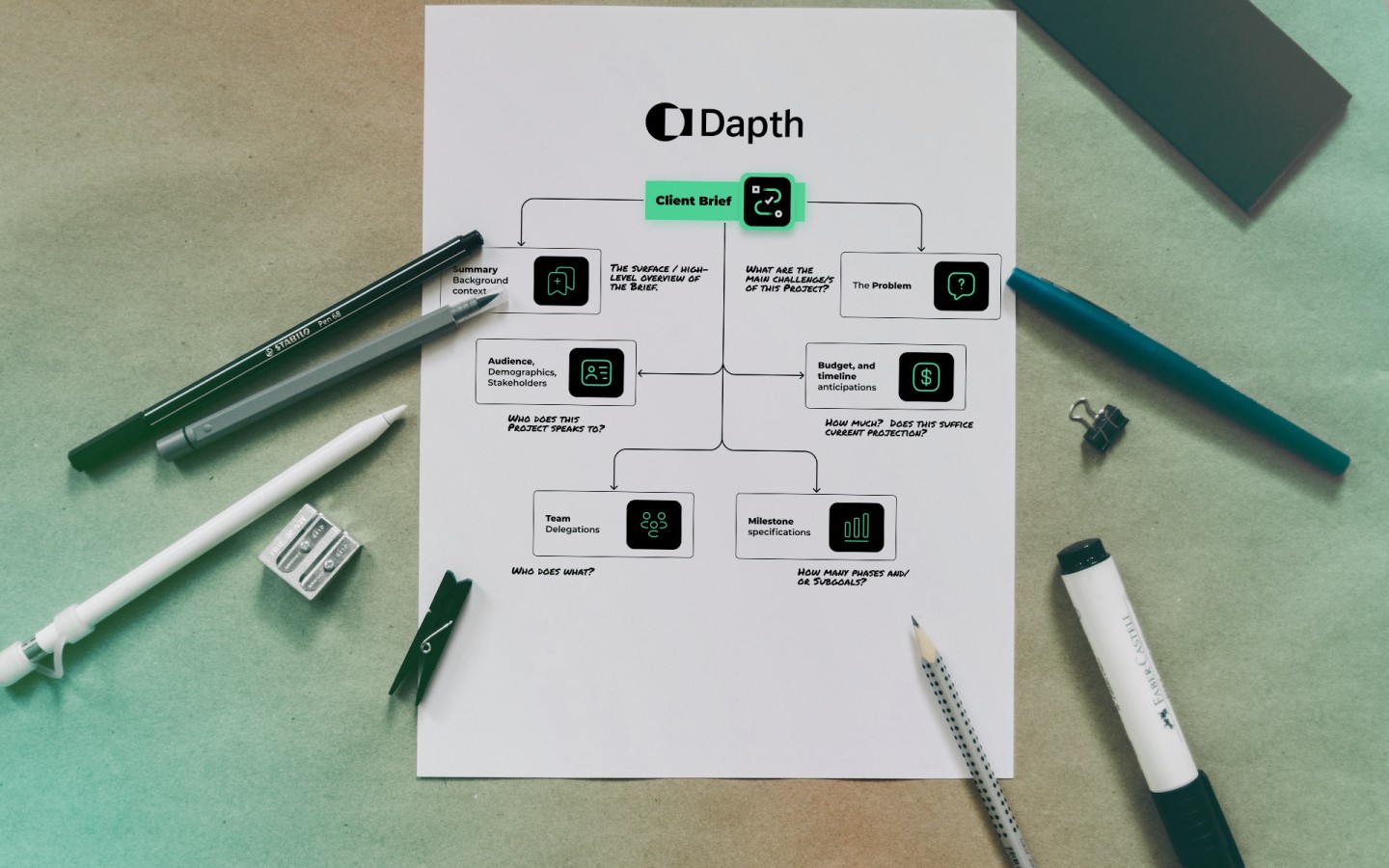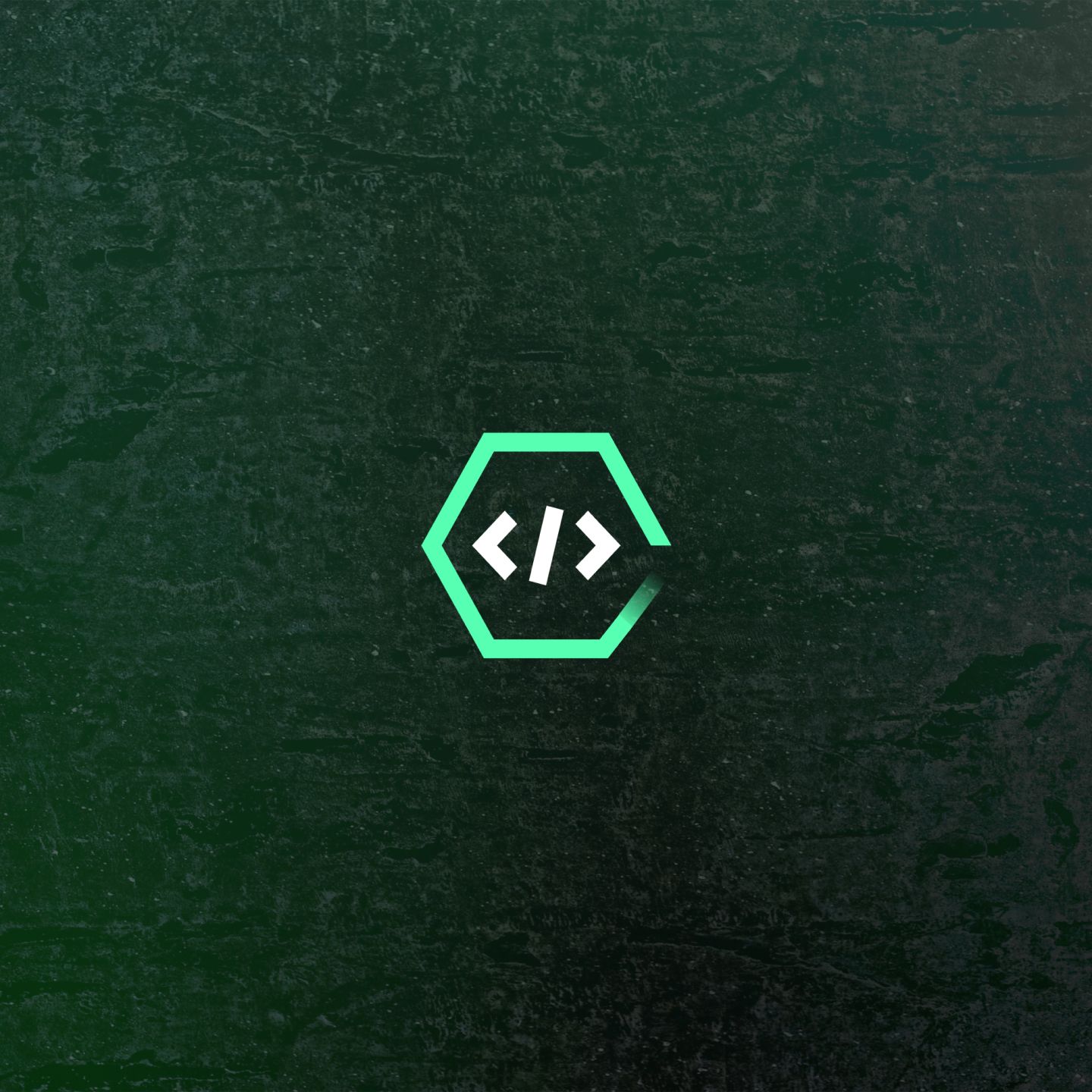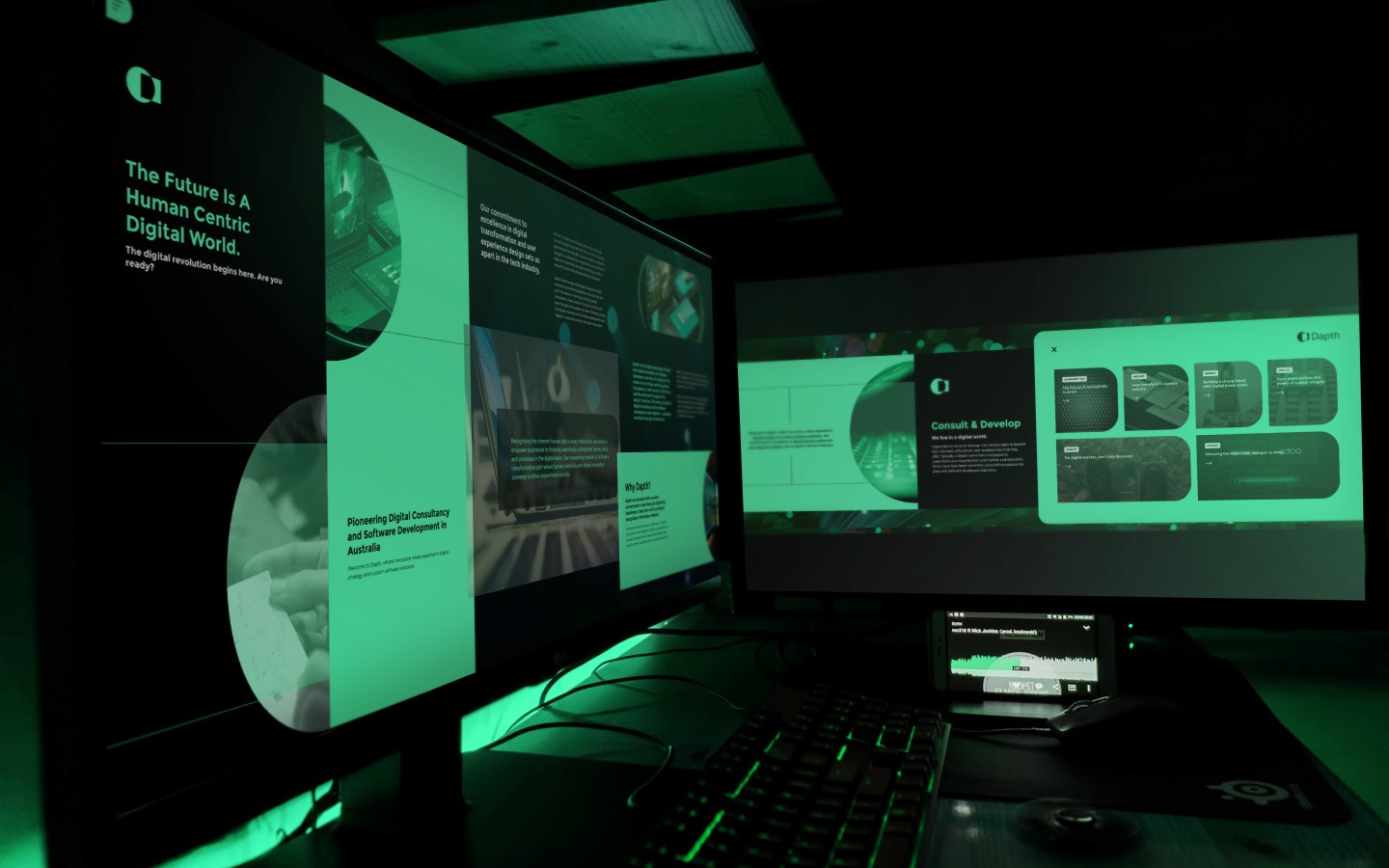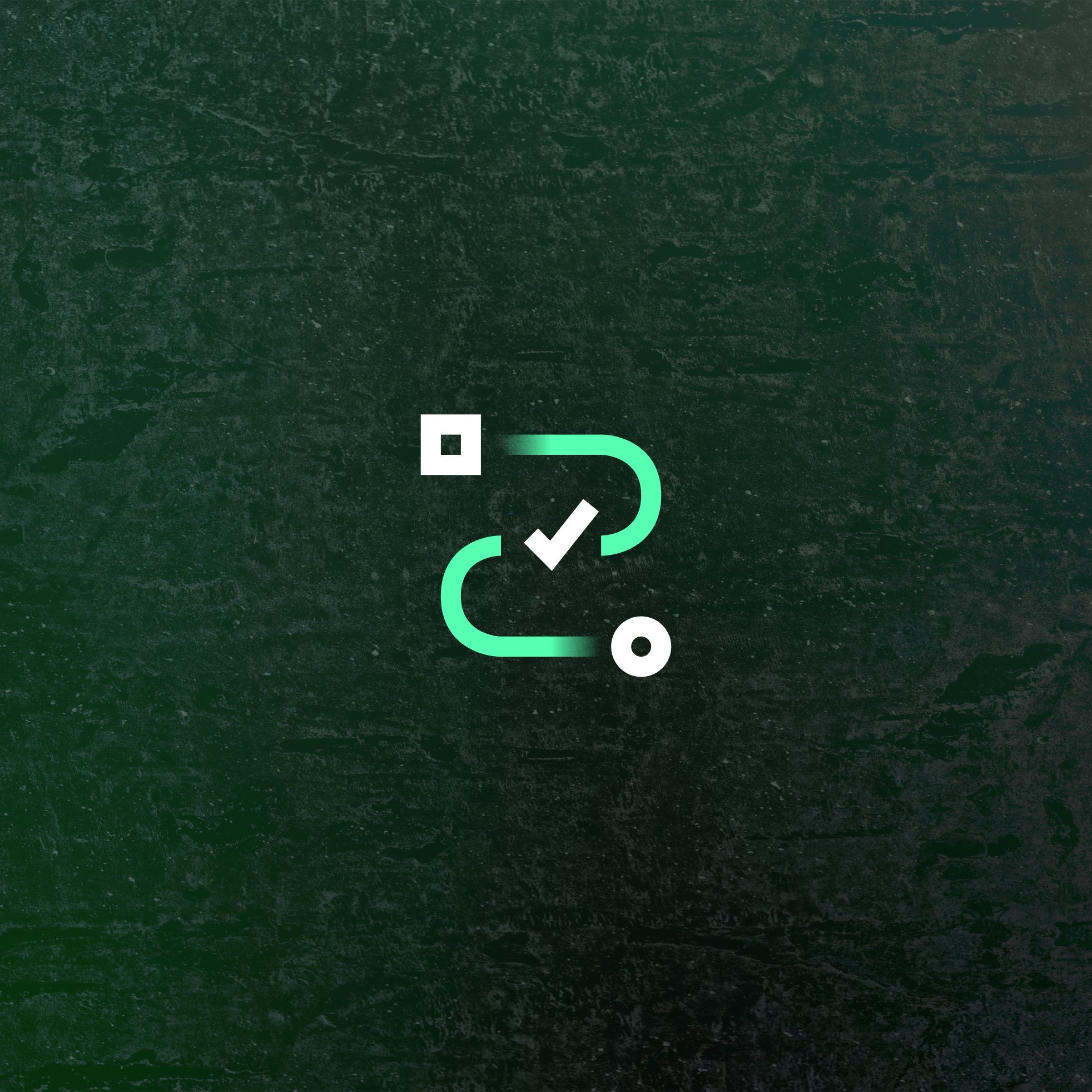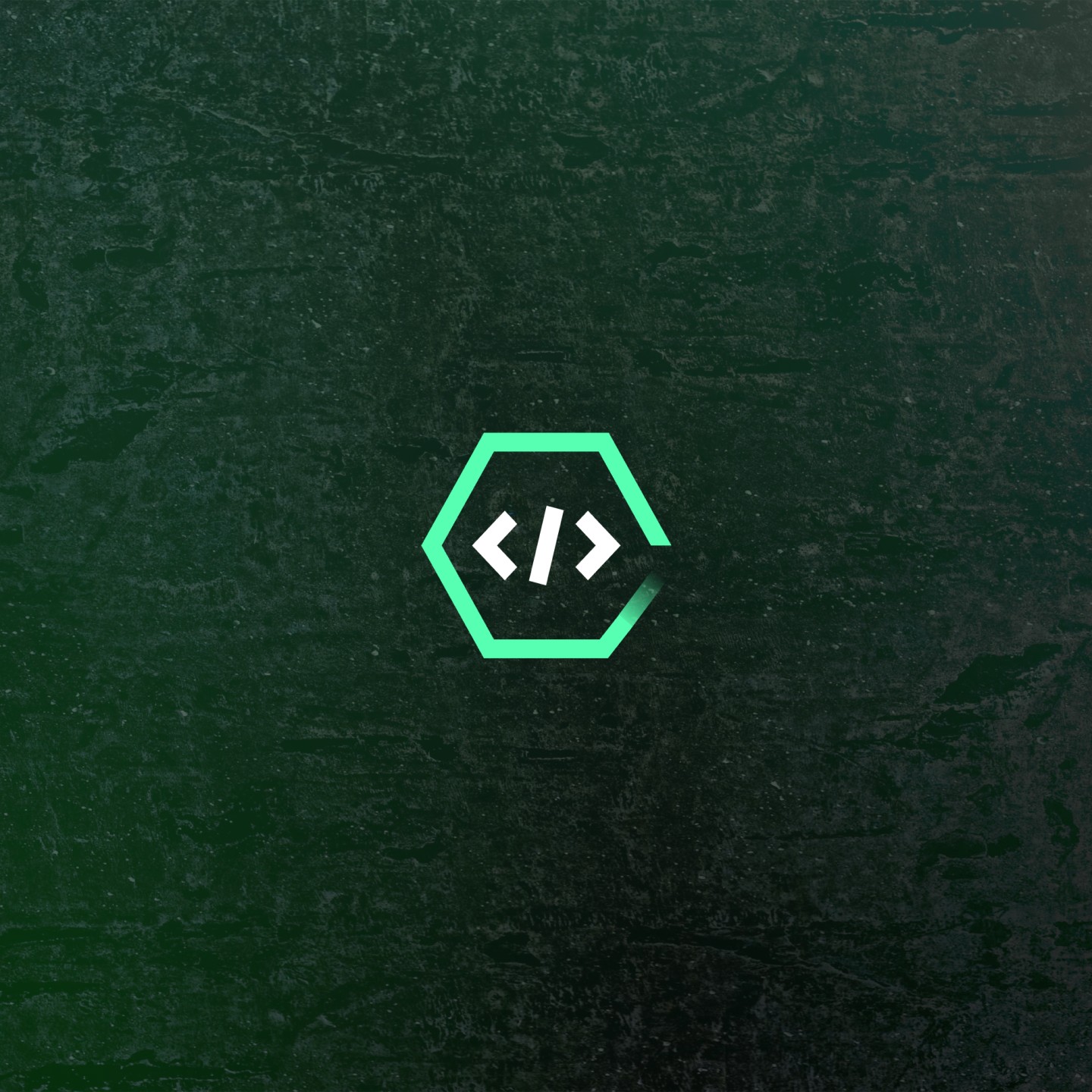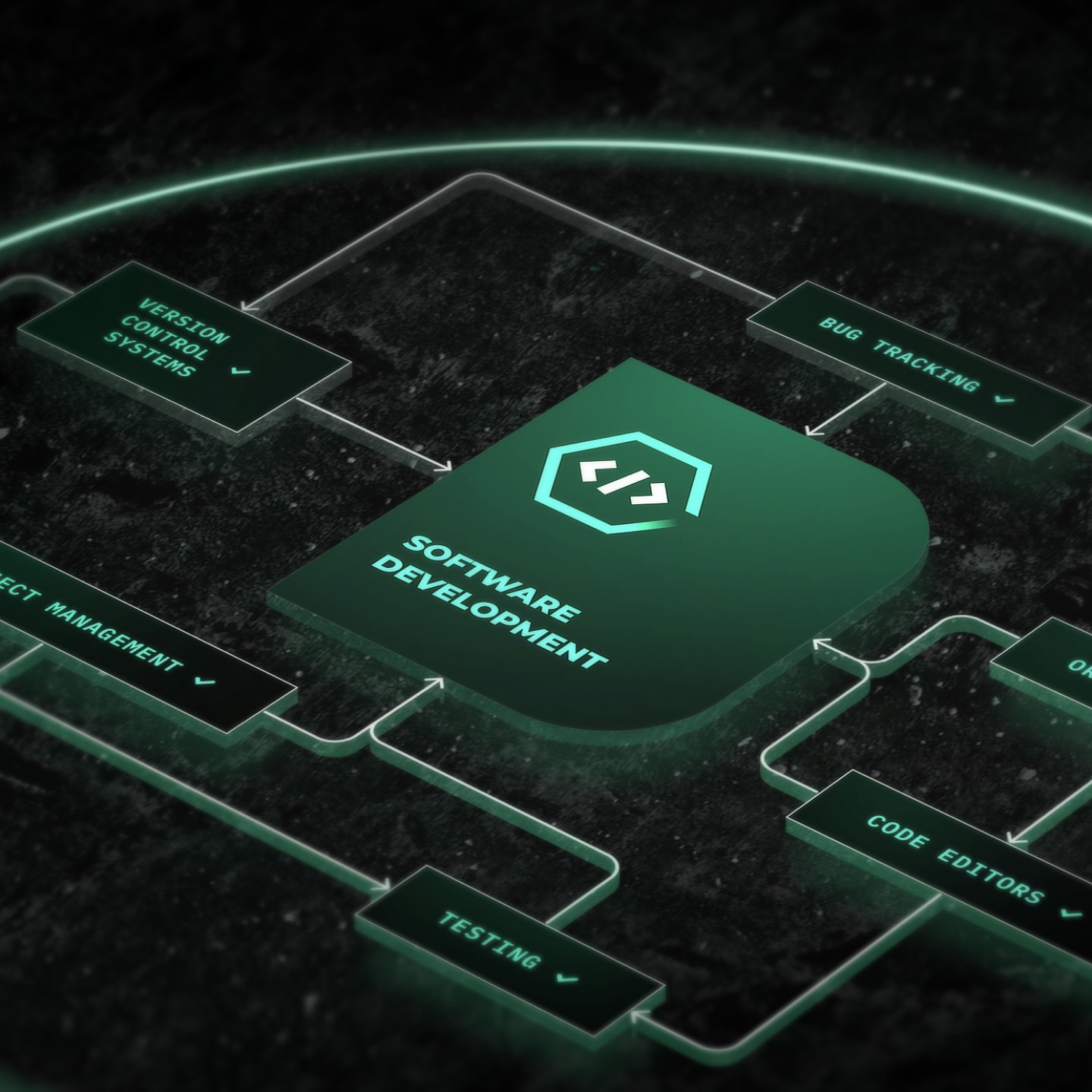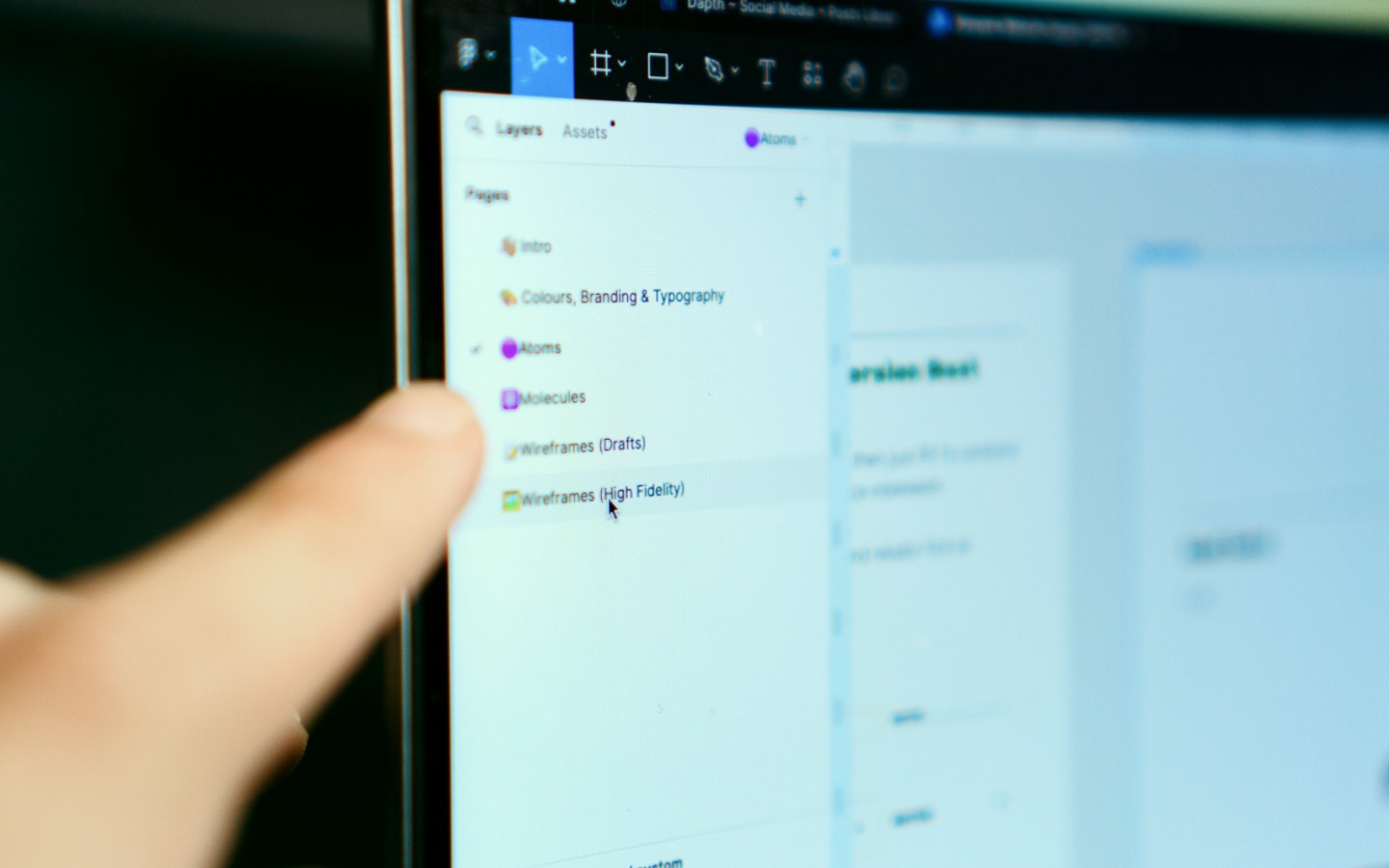
"The more personal, the more universal."
This quote aptly illustrates the significance of customisation in technology.
Customising experiences based on personal preferences adds a personal touch and creates an appealing, relatable experience for all.
The role of skilled designers remains critical in the digital age, as they work to humanise technology; ensuring it resonates with users on a personal level.
Findings from research show that 80% of consumers are more likely to make a purchase when brands provide personalised experiences (Epsilon, 2018), which underscores the importance of customisation.
With demand for customisation and personalisation at an all-time high, how do custom widgets fit into the modern technology landscape?

Understanding Custom Widgets
Playing a crucial role in both app and interface design, widgets are defined as an application or interface component that allows a user to perform a function.
Customised widgets provide quick, easy access to information, such as the latest stock prices, or news at the user’s fingertips. According to Apple, the definition of a general widget is a widget that displays users with concise, significant information from an app or game – allowing for quick visibility in various scenarios. In the context of apps, for user convenience, widgets display essential information on the home screen.
They are also created to meet specific requirements - created from scratch or modified to suit certain needs, such as function, design, or branding. When a standard widget is insufficient for a specific task, a custom widget will fill this gap by providing the necessary functionality and will alter the interface, data, images, and more.
Used in a wide variety of contexts, they empower developers to craft unique user experiences. For instance, a customisable widget could be a unique interactive chart or navigation menu, providing both flexibility and creativity in designing interfaces to enhance user engagement and functionality. Beyond apps, widgets extend their utility to websites.
Website widget examples include:
- search box
- browse by category
- browse by manufacturer,
- side column shopping cart
- sale products
- custom HTML.
E-commerce websites can greatly benefit from custom widgets as they can streamline the shopping experience, boost sales, and increase customer satisfaction.
Widgets let developers easily add advanced features to a site or app. They can drop them onto a site in a modular way, without needing help from a developer. Effectively APIs wrapped into a single line of coding, they're easy-to-use software components made to suit various platforms. Essentially, they represent a ‘bundle of code’ engineered to perform a specific function, offering many possibilities.

Functionality of Custom Widgets
A significant feature of these tools is their high flexibility, which allows users to effectively organise information and strengthen brand identity. They also allow brands to customise their font, colours, and style accordingly, providing control and empowerment over the look and feel of content. They also:
- Cultivate trust and credibility
- Distinguish the brand
- Foster positive emotional connections
- Increase value that customers attribute to the product
They enhance the user experience by providing tailored, unique functionality and ensuring a unified appearance. They also play an essential role in automating manual processes, seamlessly integrating third-party services, and enhancing efficiency. By addressing properties, states, keyboard interactions, and live regions, custom widgets ensure accessibility for individuals with disability.
Although part of the standard platform or framework, they are components of the user interface (UI) designed to meet specific requirements. These widgets are created through HTML/CSS/JavaScript and live alongside existing widgets on the platform. They grant developers the flexibility to create their own code and create custom interface elements, which can be easily integrated into apps through drag-and-drop.
Widgets display relevant content immediately, letting users quickly get to the app for further details. Apps can provide multiple types of widgets, allowing users to focus on the information most important to them. When users want more information, they can seamlessly navigate to the full article in the app using the widget. For users, customising apps is not just about personalisation, but also productivity and more broadly, building their own sense of identity.
When should custom widgets be used?
Customised widgets are necessary when the library lacks the desired UI component or when an element with a specific design or functionality is required, and are useful for maintaining a consistent app look and feel.
For developers, custom widgets allow them to include complex functionality and appearance into reusable components, saving time and resources. After creation, the widgets can be used multiple times throughout an application, reducing code duplication and promoting a modular development approach. Additional features and functionalities that are otherwise not available on your website can be used, which can maximise overall value, and benefit users and the organisation long term.

Benefits of Custom Widgets
Custom widgets offer many benefits to both developers and users – here are some key advantages.
- Tailored functionality: Widgets can be tailored exactly to meet user needs.
- Compliance: Custom widgets can be developed to meet specific compliance requirements in a more precise way, meaning your app can potentially be more trustworthy and compliant.
- Integrations: They can be seamlessly integrated with other application parts, making it easier to share data and functionality amongst different components. This means your app can be more integrated and collaborative.
- Extensibility and flexibility: Easily extended or modified to accommodate future changes or features, this is valuable for long-term software maintenance and can lead to your app being more future-proof and scalable.
- Reduced dependency: Using custom widgets reduces dependency on third-party libraries or components, simplifies the codebase, reduces licensing costs, and decreases the risk of compatibility issues, leading to more independence and cost-effectiveness.
- Improved user experience (UX): Intuitive and engaging custom widgets can enhance user experience, leading to increased satisfaction and loyalty.
- Reusability: Once created, custom widgets can be easily reused across different screens or even in other projects. This means that your app can be more cost-effective and efficient.
- Security: Custom widgets can be built with security in mind, reducing the risk of vulnerabilities or security breaches that are associated with third-party widgets.
Successful Custom Widget Examples
Some well-known companies have used custom widgets to their advantage, successfully addressing specific challenges.
Facebook faced the challenge of delivering a personalised and engaging news feed to its users while balancing the need for content diversity. Facebook used personalised news feed widgets. These widgets were customised to show content based on what each user likes. The content included popular topics, suggested friends, and ads.
By tailoring the user experience with these widgets, Facebook maintained high user engagement and increased ad revenue through targeted advertising.
Amazon
Amazon wanted to provide users with more relevant product recommendations despite its vast inventory and increase sales. To solve this challenge, they created personalised product suggestions based on user browsing and purchase history, which increased sales by convincing more people to buy. The incorporation of these widgets has significantly boosted Amazon's revenue by enhancing the online shopping experience and increasing customer retention.
The Future of Custom Widgets
Custom widgets can be especially valuable in certain industries - such as e-commerce, finance, and healthcare. For example, in e-commerce, custom apps can reduce cart abandonment and assist in inventory management.
Through enhancing functionality and user experience, exploring the potential of emerging trends and innovations in this space is worthwhile.
In this digital age, customising experiences based on user preferences adds a personal touch, humanising the technology; and with the demand for personalisation to remain high into the future – the importance of customised widgets and digital experiences will continue to soar.

Are You Ready For a Digital Revolution?
There are key benefits to partnering with Dapth, including:
Our digital team will lead and implement your project from beginning to end (no outsourcing).
We proactively teach you how to manage your website yourself, removing the reliance on us / any web developer.
We demystify topics such as plugins, SEO and integrations.
When you are ready to evolve your website to execute your strategies, the same team are ready to partner with you.
Contact us today to set up a free consultation.

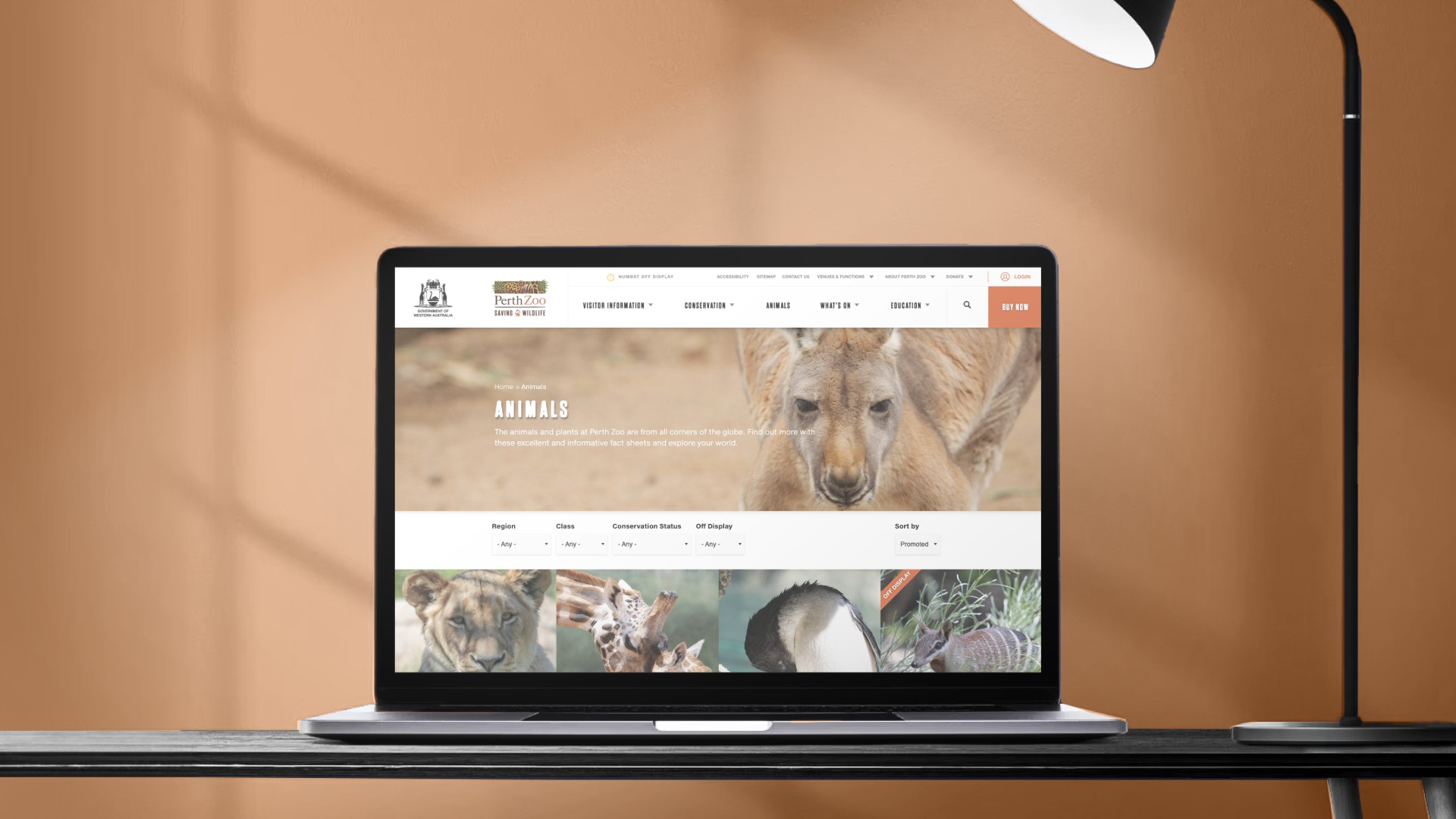

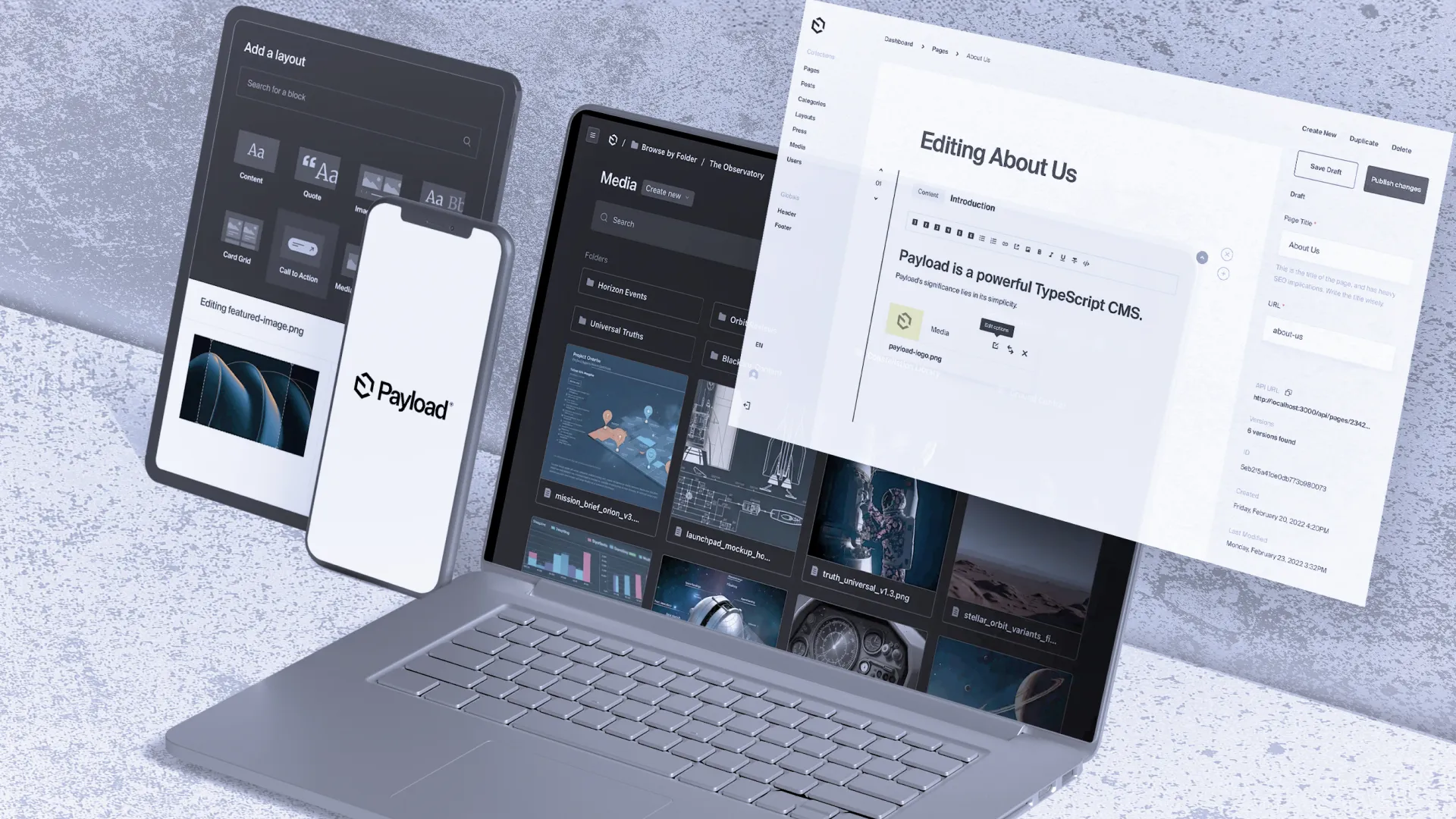

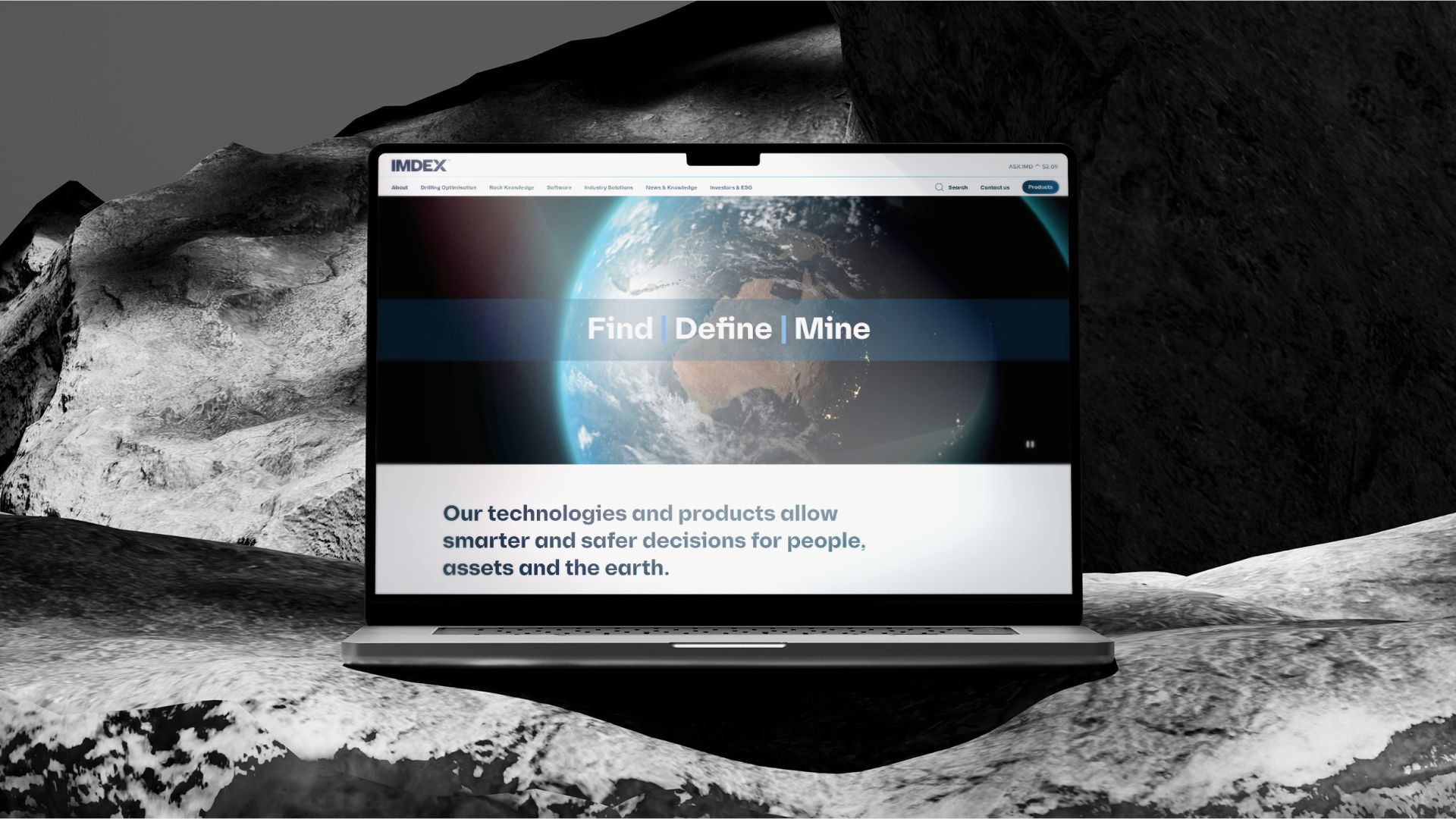
_web.webp)
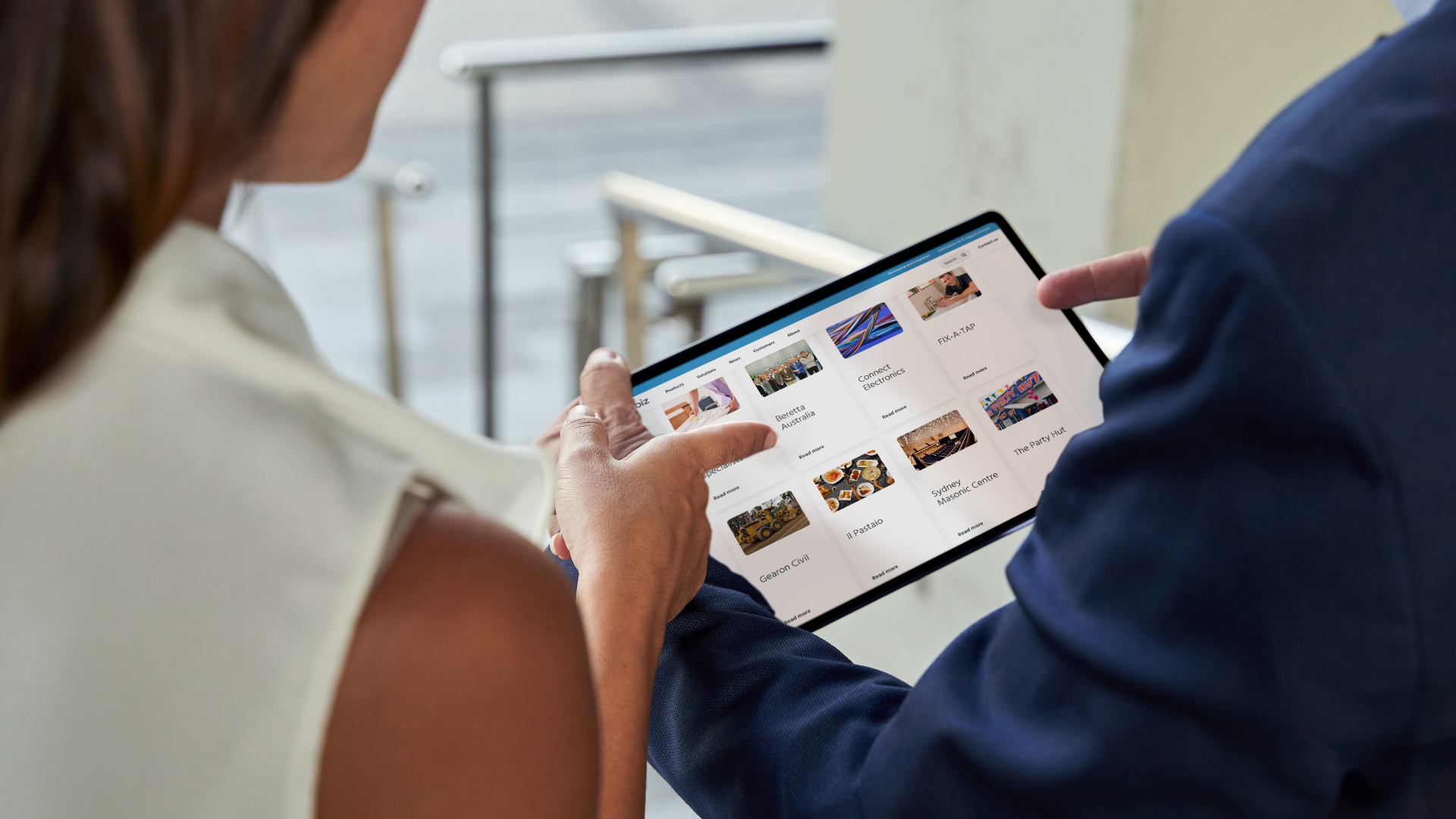
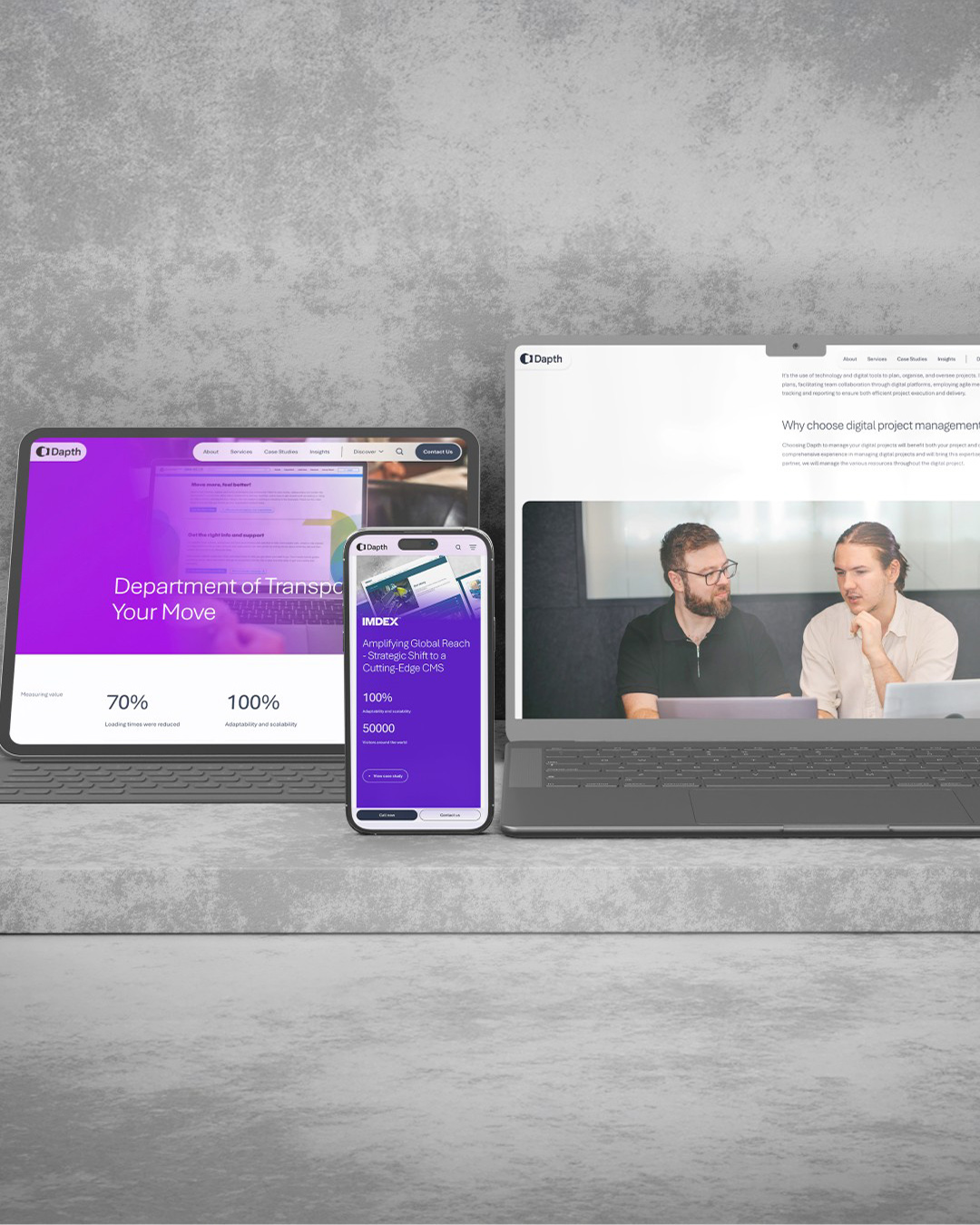





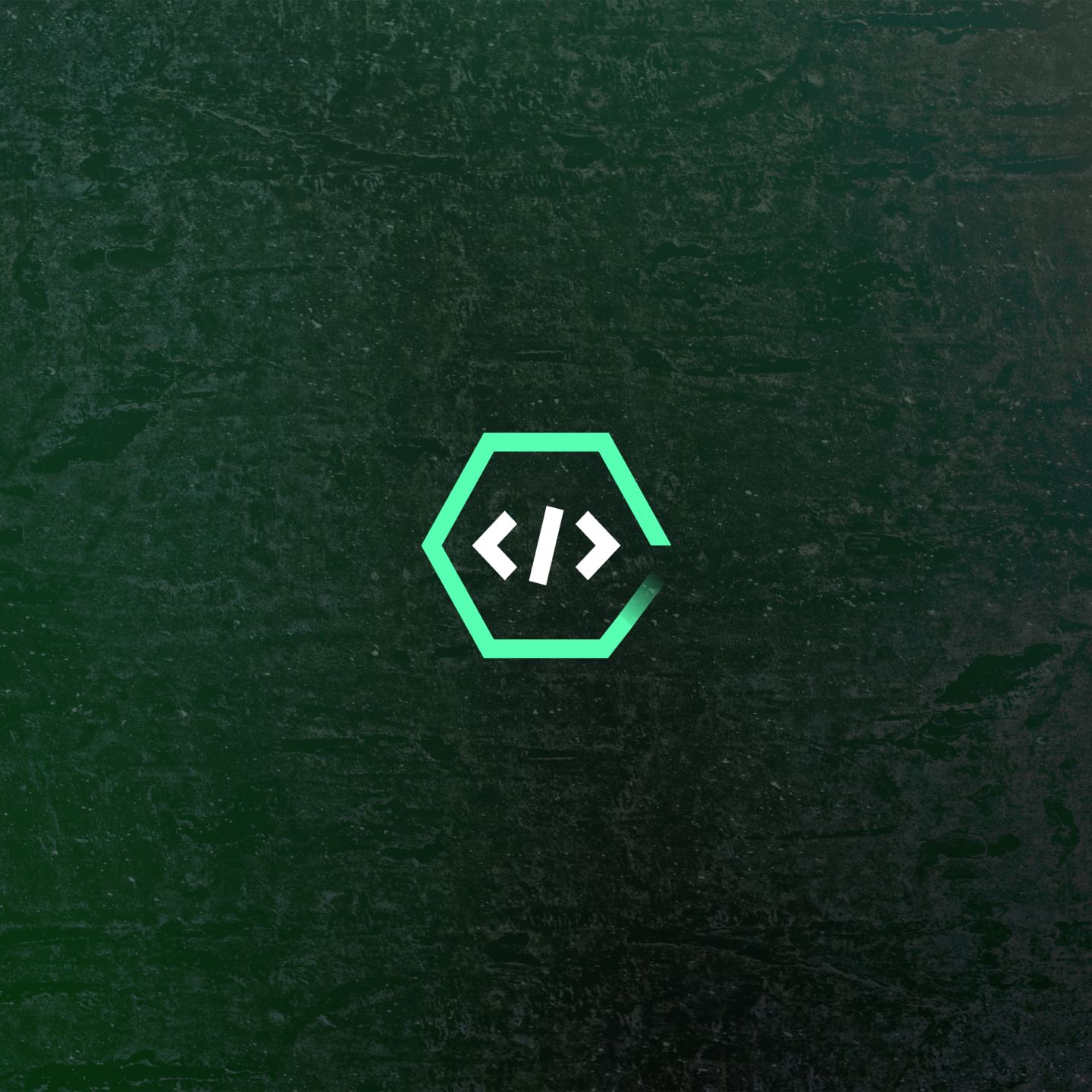

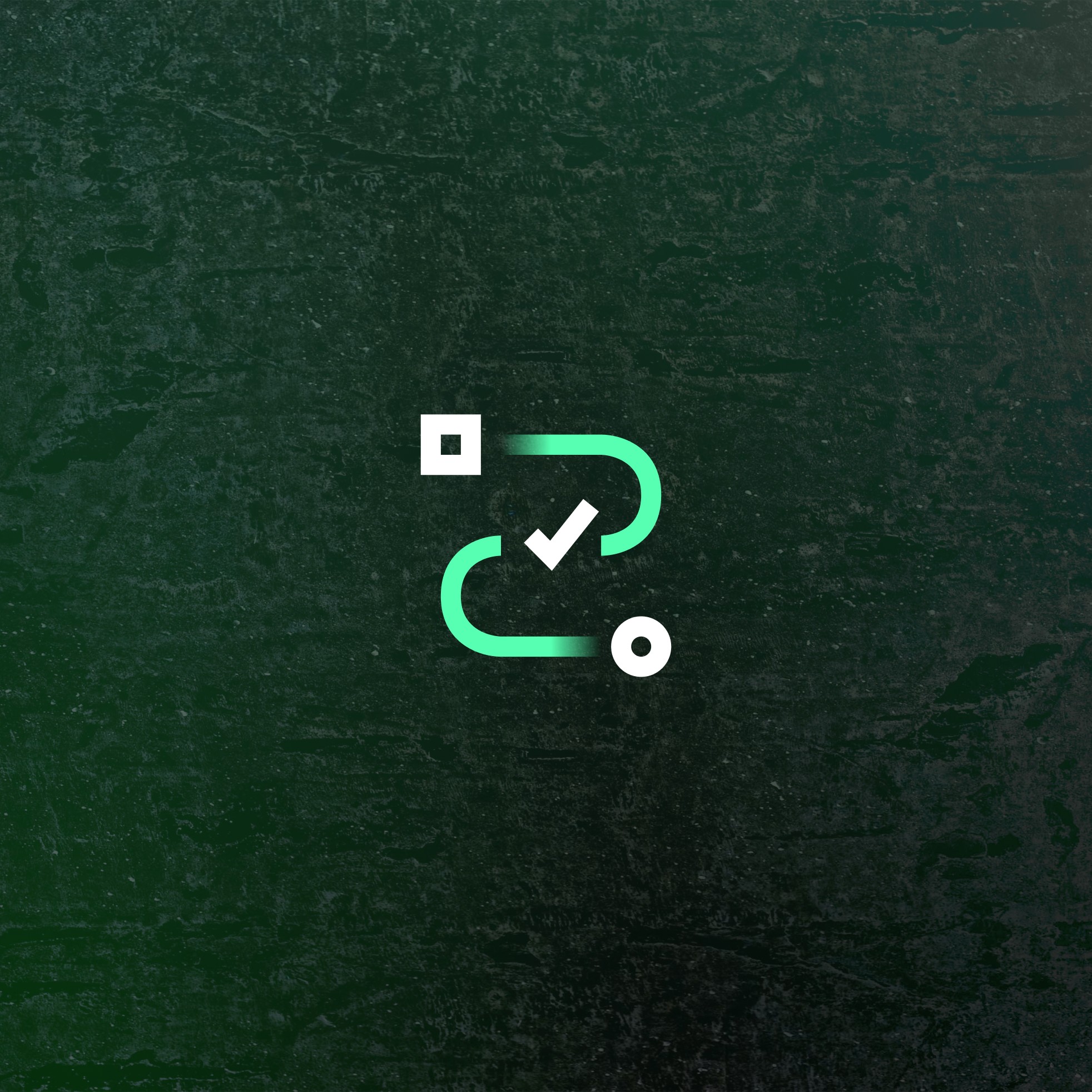






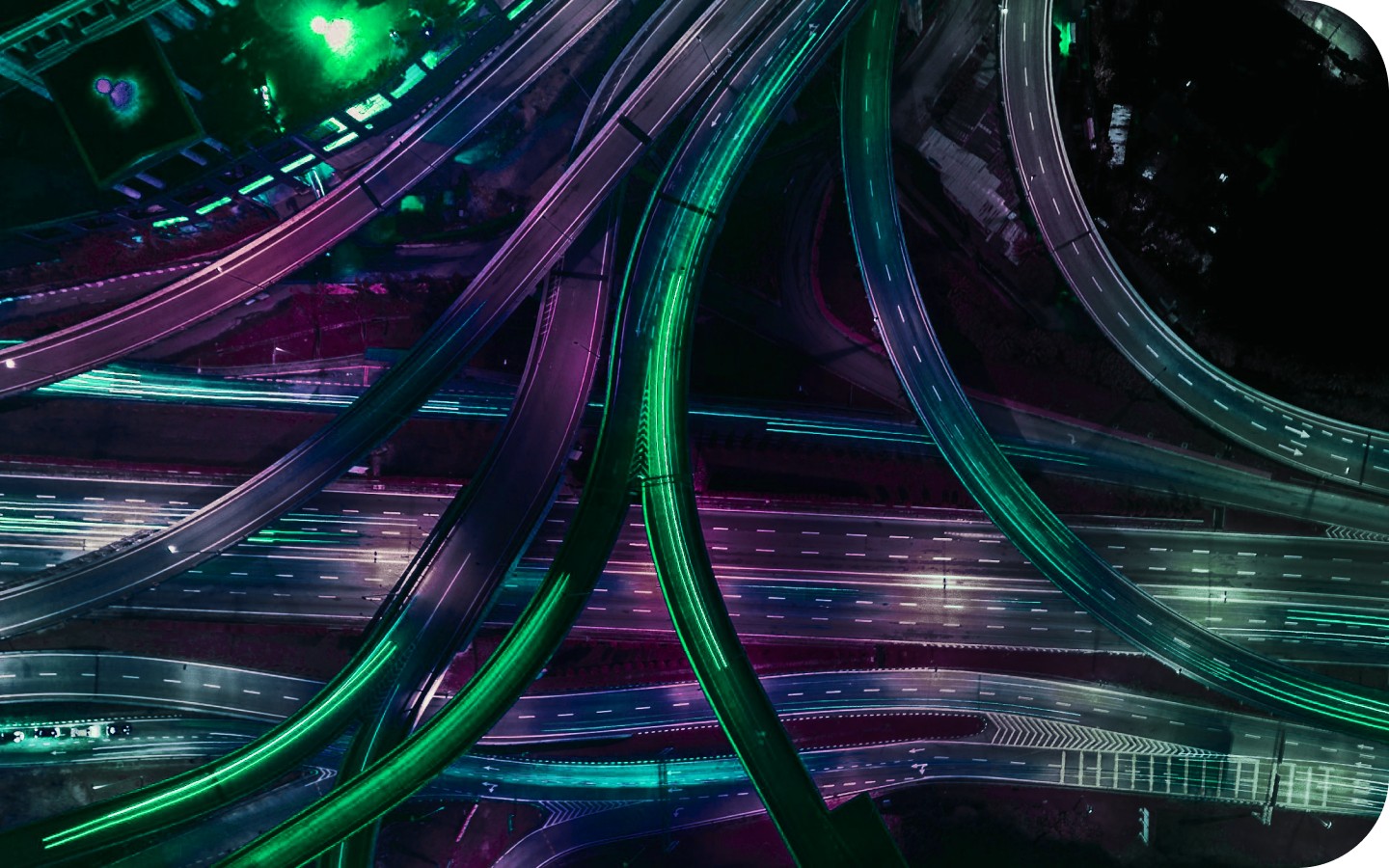


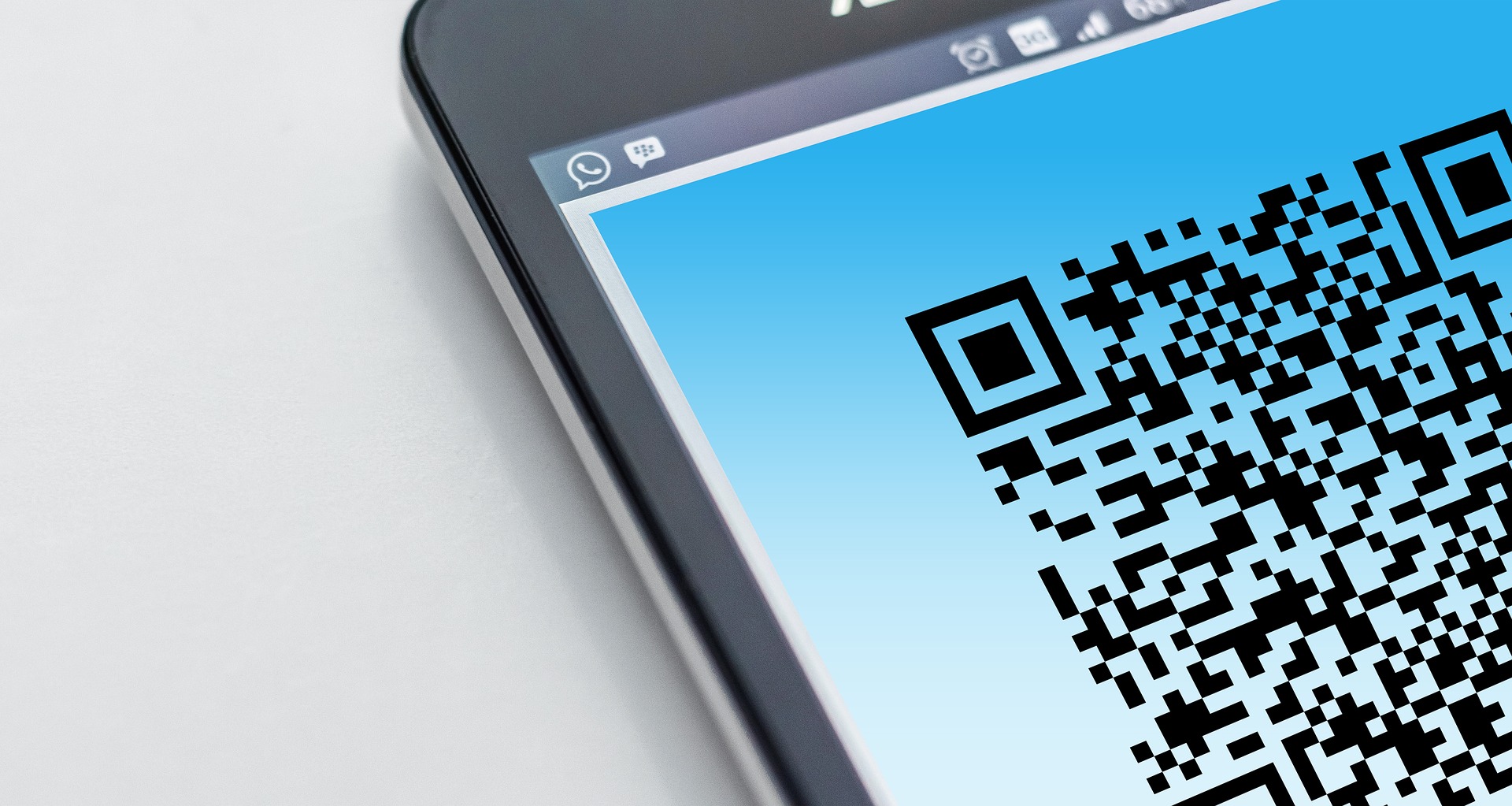



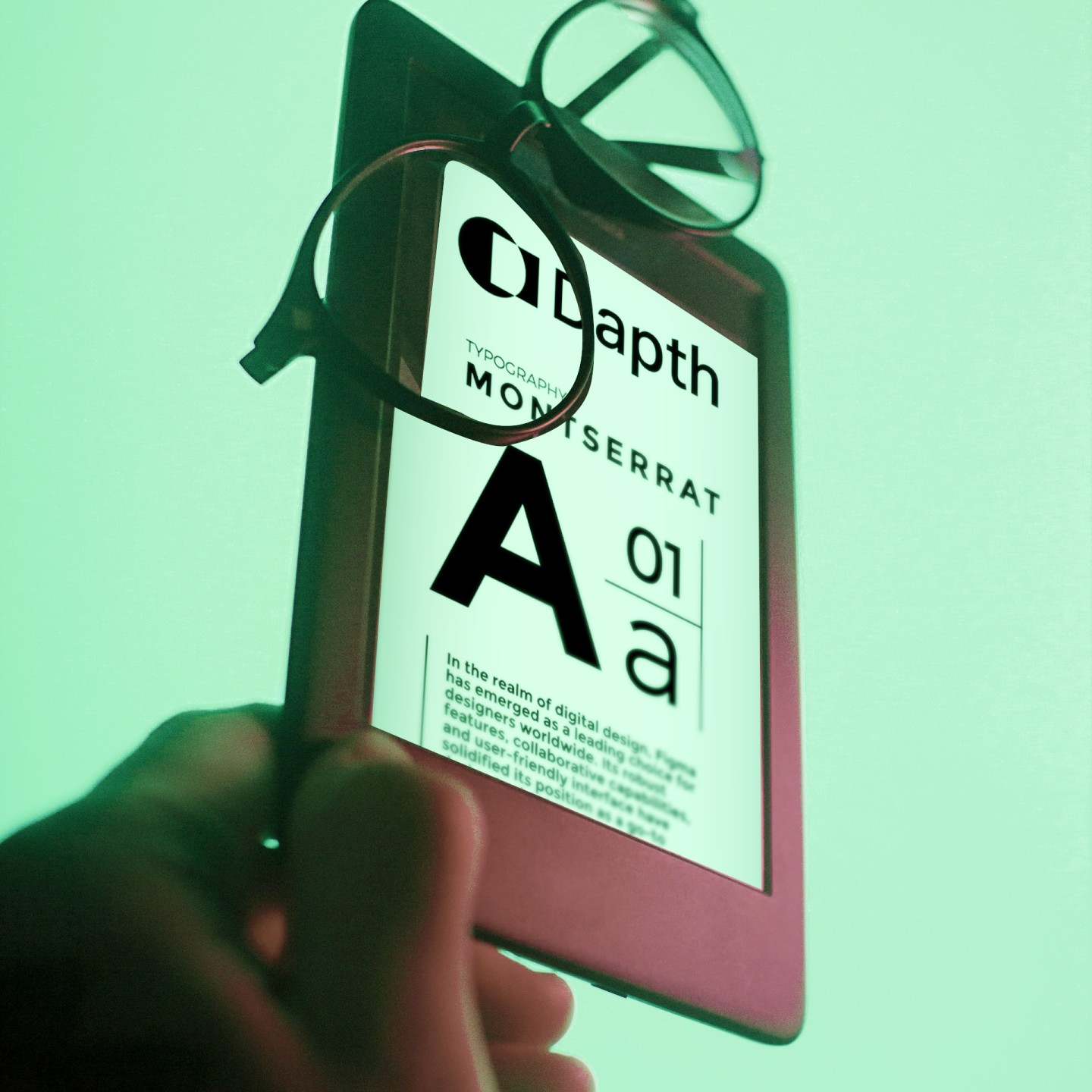


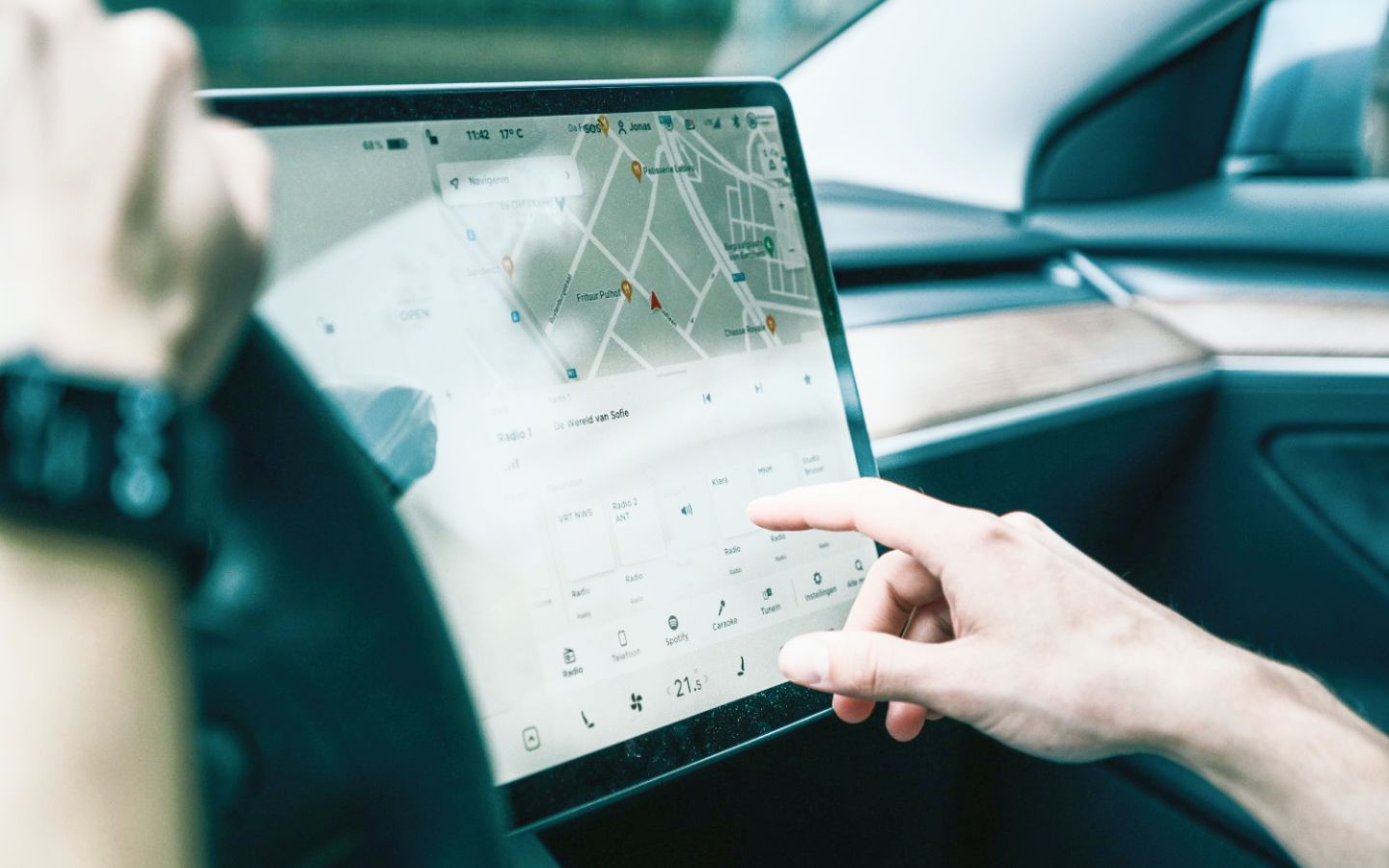




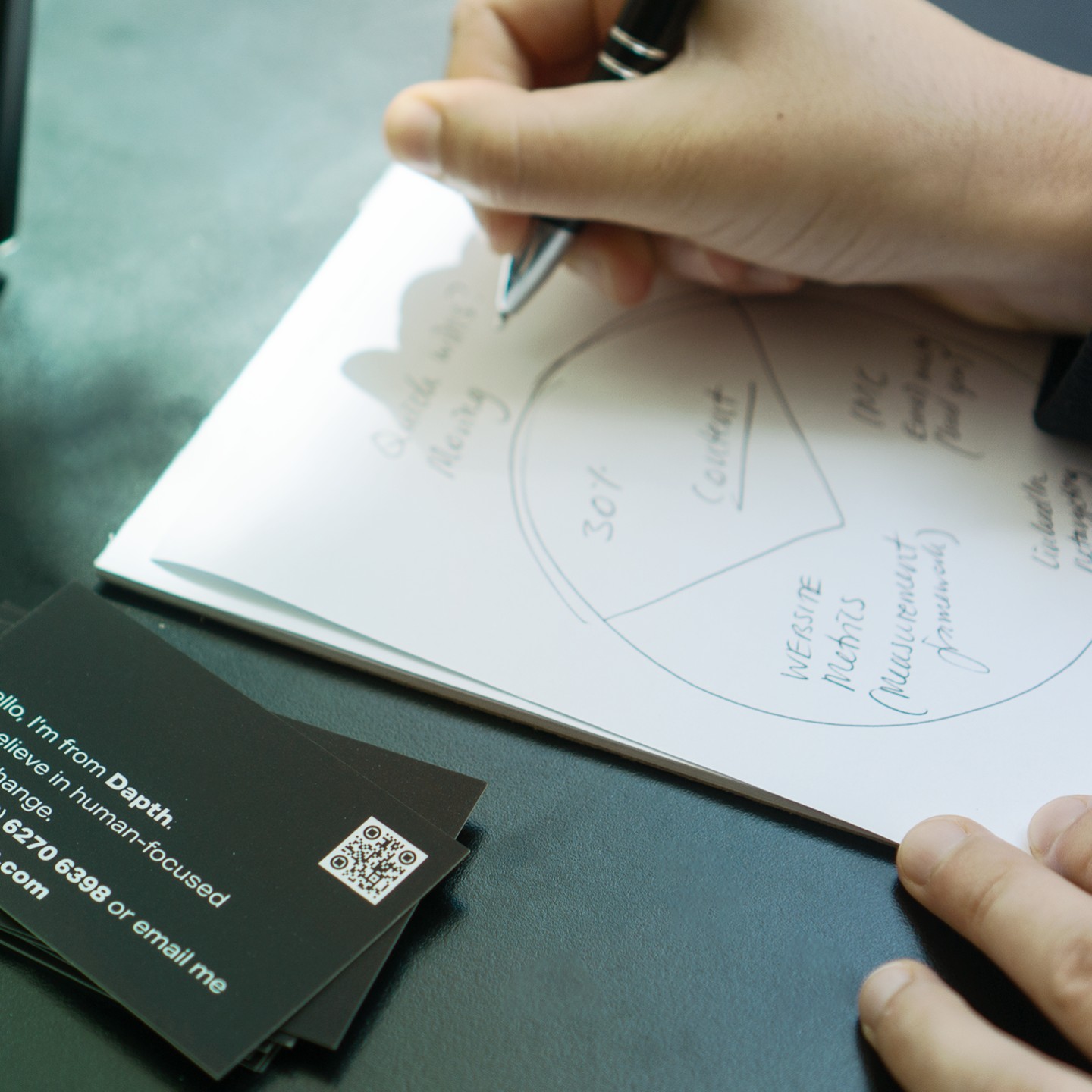
_web.webp)
_web.webp)
_web.webp)

_web.webp)

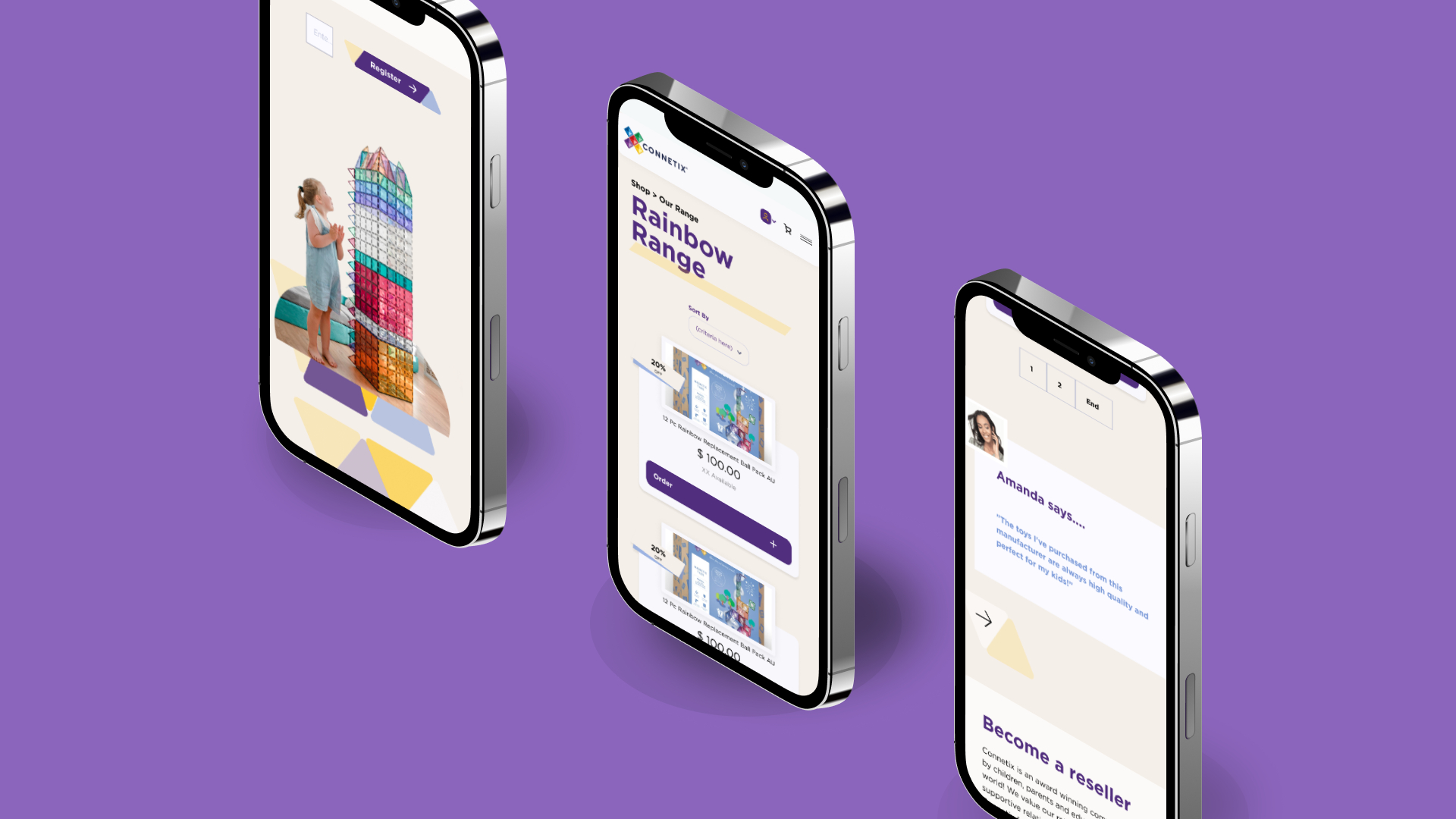
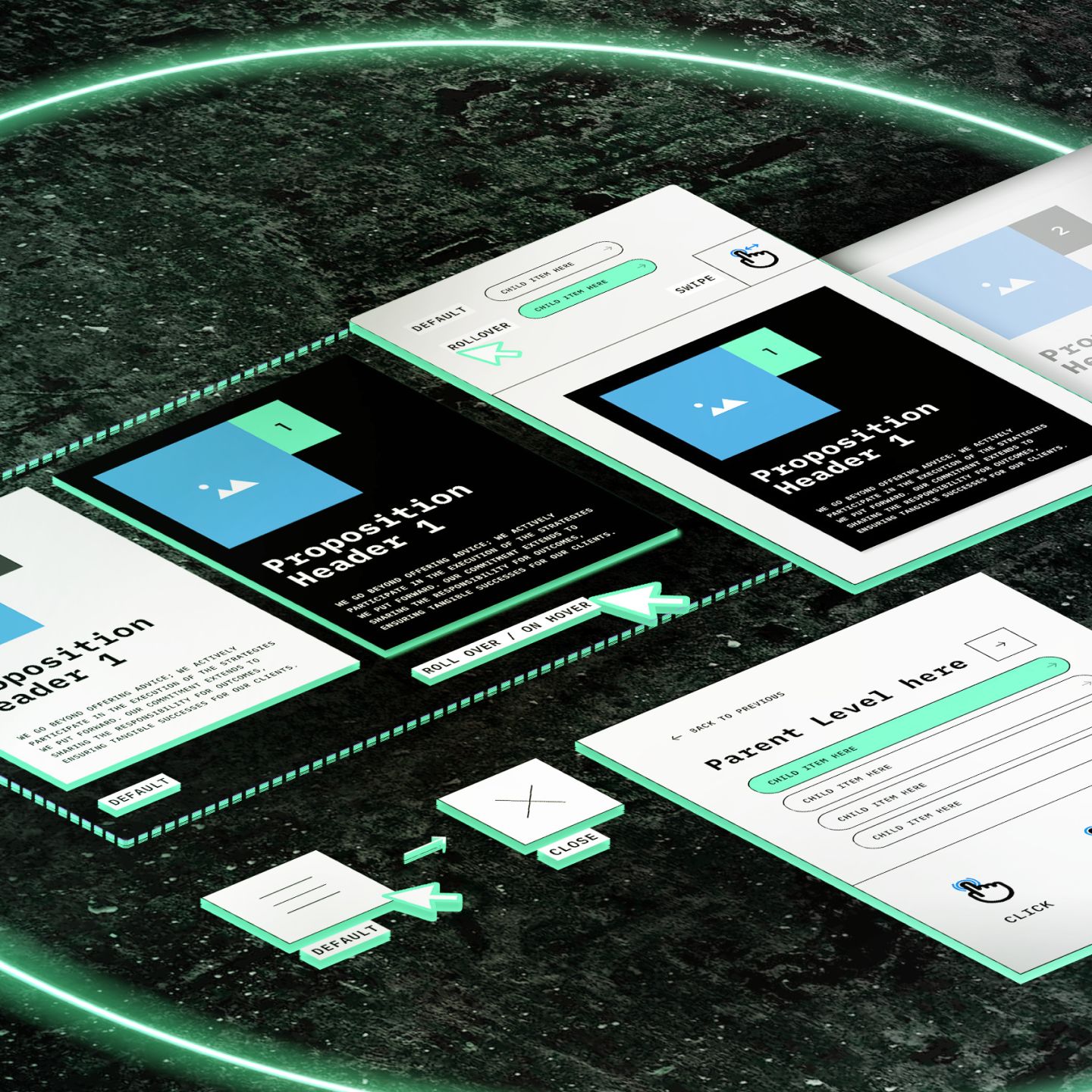
_web.webp)

